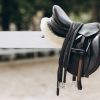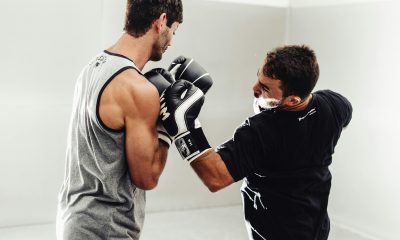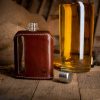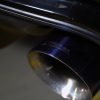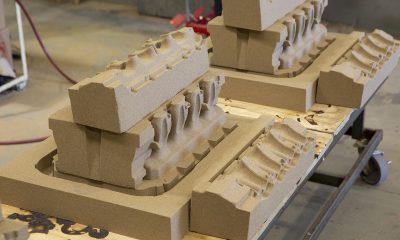Sports & Travel
Snowboarding: The Benefits of Wearing a Helmet
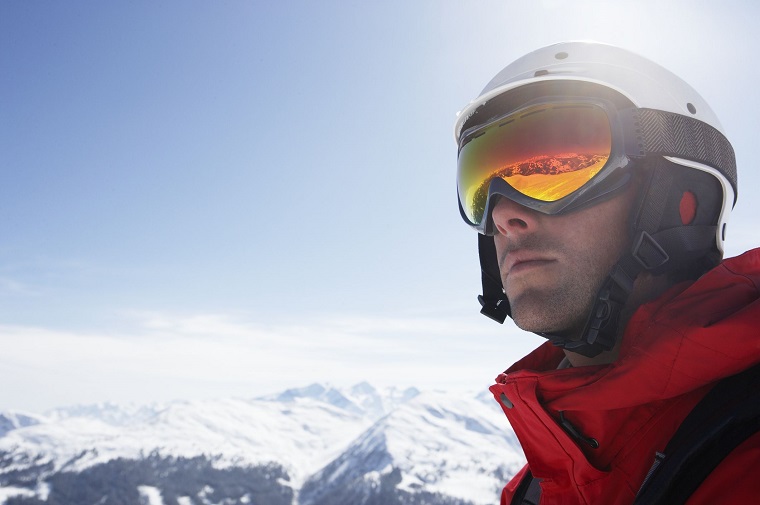
Source: usercompared.com
While you’re out on the slopes having the time of your life, your snowboard jacket and pants are keeping your body comfortable and dry. However, just as the many layers of clothes are important for a comfortable ride, helmets are extremely beneficial for your safety on the slopes too.
It is critical to protect oneself from injury while skiing or snowboarding, and a helmet is undoubtedly the most vital piece of ski or snowboard equipment. A simple impact to the head can not only put you out with a splitting headache, but it can also inflict long-term or irreversible damage. Wearing a helmet protects you from falls and impacts, which can increase your confidence and riding abilities. The most crucial thing to remember while contemplating whether or not to wear a helmet is that it may not be you who is involved in an accident, but rather the person who comes down behind you.
Types of Snowboard Helmets
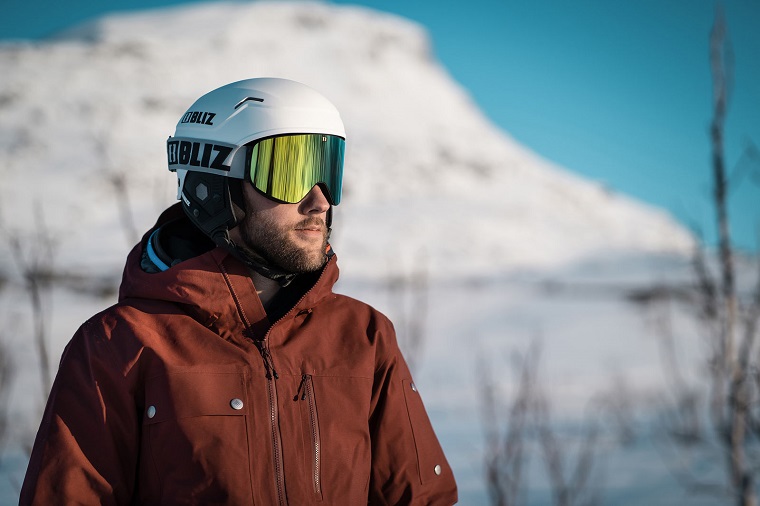
Source: enjoywinter.com
With three basic varieties of helmets on the market: hybrid shell, in-mould, and injection-moulded, you get to choose what features you want and what kind of materials are worth it. So it’s crucial to grasp the fundamental distinctions between them before putting one on your head and spending the money.
The stiff foam used to make the inside lining of most helmets is called expanded polystyrene, or EPS. The role of the liner is to absorb damage to the head by momentarily deforming or breaking apart upon impact. The icing on this EPS cake is a protective shell that is typically made in one of two methods of construction.
In-Mould Helmets
In-mould construction is a method that bonds a polycarbonate outer shell to the EPS as the foam liner is produced, resulting in a lightweight, single-piece design. This smaller outer shell is around one millimetre thick and will bend with less force than a hard-shell helmet. This isn’t always a negative thing because it enables the foam liner to absorb hits with less force. This structure is lower in weight but significantly less resistant to dings and dents caused by typical wear and tear. Including lower rebound during impact and being lighter and stronger at the same time, these men’s snowboard helmets can be a fantastic investment for this seasons rides.
Injection-Moulded Helmets or HardShell
The majority of hard-shell helmets, also known as injection-moulded, are made of acrylonitrile butadiene styrene EPS plastic. This outer shell is approximately 2-3 mm thick and is glued to the EPS liner to form a two-piece structure. The advantages of the hard-shell helmet include high penetration resistance and durability, as well as the ability to construct full-face helmets. One disadvantage of the hard-shell construction is that minor hits do not weaken the thick, rigid shell as easily, resulting in a more abrupt halt of the head. This quick halt might result in a slight concussion depending on the intensity of the collision, but the added protection against serious head trauma makes hardshell helmets an appealing choice.
Choosing the Right Fit
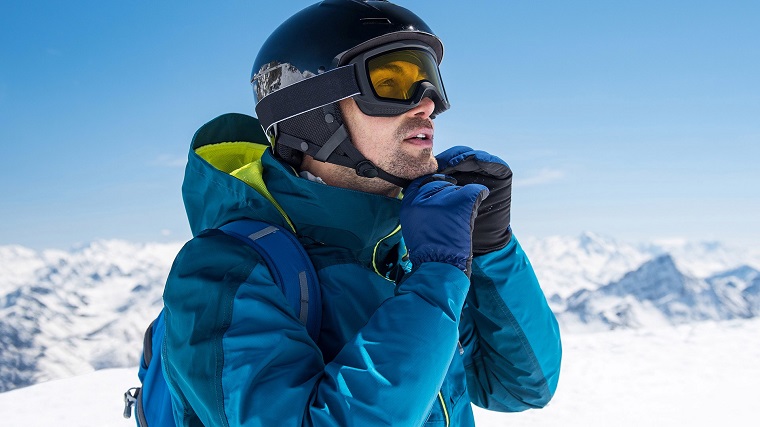
Source: mensjournal.com
Aside from wearing a helmet in the first place, the most crucial thing to know is how to correctly fit one. If you shop for men’s snowboarding helmets online, here are a few pointers to help you do it right the first time:
Using a fabric tape measure, determine the circumference of your head. Check the manufacturer’s sizing guide to see where they recommend measuring, but a reasonable rule of thumb is to measure 2-3 cm above your brows. When you have your measurement, compare it to the sizing table and select the appropriate size.
When you receive the helmet, check sure it fits snugly on your head. Put it on, add any supplied padding as needed, and/or cinch the internal headband down until it feels snug but not super tight on your head. The helmet should fit like a hat, covering the majority of your forehead, and the chinstrap should rest on your throat.
Shake your head from side to side while holding the chinstrap. If it wiggles or shifts, it’s too big and should be tightened or swapped for a new size. In the same manner, if the helmet has to be forced onto your head or if it hurts in any way, you should exchange it for a larger size. Remember to try on the helmet with any caps or headbands you intend to wear underneath to ensure that it is the correct size for your needs. If you need to exchange the helmet, do so before heading out for a day on the slopes. Most online shops will not resale worn helmets, so for your sake, the sake of the company, and the sake of not throwing away a perfectly nice helmet, be sure you have the size you want before you use it.
The Benefits of Wearing a Helmet
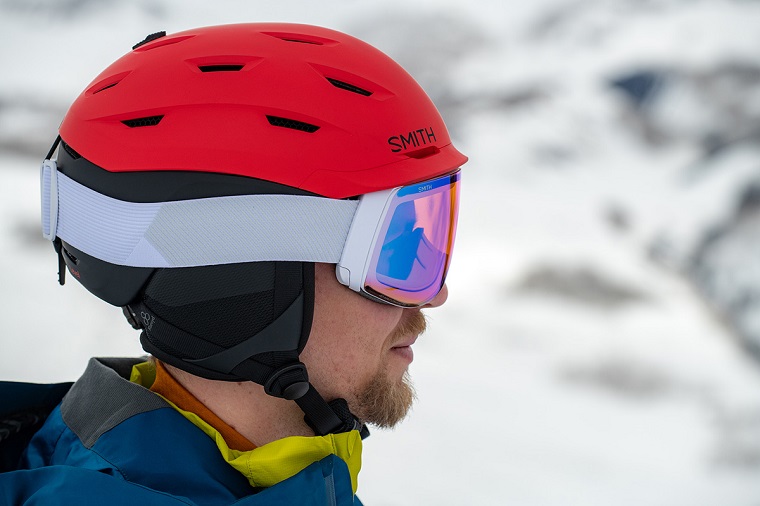
Source: switchbacktravel.com
It is a commonly known fact that many people who go skiing and snowboarding in this day and age wear helmets. In certain resorts, wearing a helmet is required, while in others, it is not. For instance in Italy, it is required to wear a helmet in snowparks, in the UK, you are not permitted to ride in the domes unless you are wearing one, and they’re required in most major slopestyle and halfpipe competitions.
Nonetheless, wearing a helmet appears to be a major source of dispute. While this is a personal or parental preference, the Australian Ski Areas Association (ASAA) encourages recreational snowsports enthusiasts to wear helmets. The ASAA is a non-profit business association that represents Australia’s ski lift operators. They strive to promote snow sports in Australia as a safe and pleasant activity, among other things.
The ASAA recognizes that wearing a helmet can help reduce or avoid harm. However, keep in mind that helmets are most effective at providing protection at speeds of 20kph or less. A helmet may not prevent or lessen significant harm if a person collides with a tree, another object, or another skier going at a high speed.
However, let’s state the obvious that wearing a helmet protects your head, keeps it warm, and keeps your goggles in place. To explain it even further, helmets work by absorbing and spreading out the shock wave caused by a strong hit. The primary function of a helmet is to guard against surface injuries such as cracked skulls and head and facial lacerations. However, what most non-helmet wearers fail to mention is that, while wearing a helmet does not make you immune to head injuries, statistics have shown that, in many cases, a helmet reduces the severity of the trauma.
Writing for the blog since 2012, Chris simply loves the idea of providing people with useful info on business, technology, vehicles, industry, sports and travel – all subjects of his interest. Even though he sounds like quite the butch, he’d watch a chick flick occasionally if it makes the wife happy, and he’s a fan of skincare routines though you’d never have him admit that unless you compliment his impeccable skin complexion.




